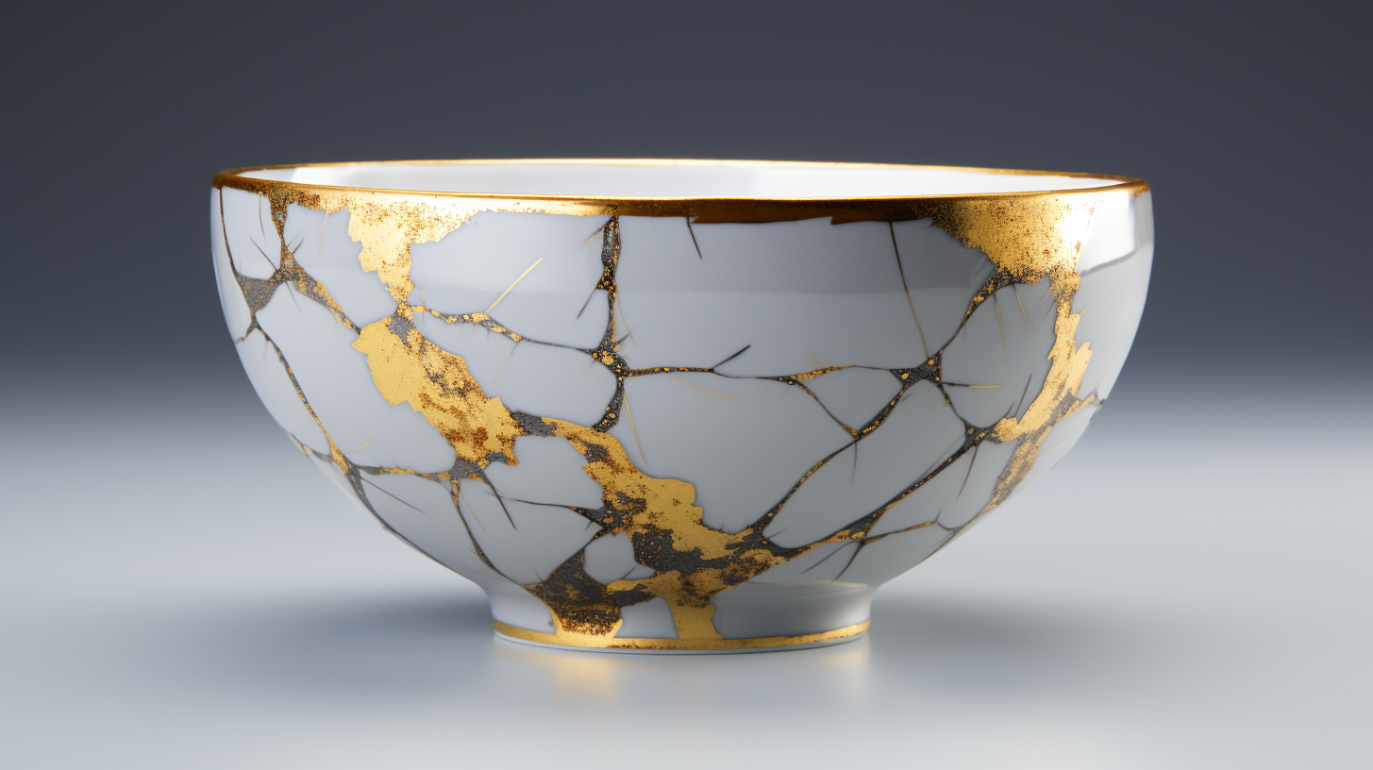The Art and Philosophy of Kintsugi: Embracing Imperfection
Embrace the Kintsugi way of life, and you'll start to see the world, and yourself, in a new, golden light.
In a world that often values the pristine and the flawless, there's a unique art form that celebrates the exact opposite: Kintsugi. This ancient Japanese art is not just about mending broken ceramics; it's a profound philosophy that teaches us to find beauty in imperfection and to embrace the scars and flaws of life.
The Philosophy of Kintsugi
Kintsugi, which translates to "golden joinery," is the practice of repairing broken pottery with lacquer mixed with powdered gold, silver, or platinum. But beyond its visual appeal, Kintsugi carries a deep philosophical meaning. It treats breakage and repair as a part of the history of an object, rather than something to be disguised or thrown away.
In a broader sense, Kintsugi reminds us that our scars, whether emotional or physical, are not signs of weakness but symbols of resilience and strength. It teaches us to honor our imperfections and see them as beautiful additions to our story, rather than blemishes to be hidden.
Principles of Kintsugi
Acceptance of Imperfection: Instead of discarding broken objects, Kintsugi teaches us to cherish them, reminding us of the beauty in imperfection.
Resilience: Just as the broken pieces of pottery are mended and made whole again, we too can rebuild and recover from our setbacks.
Transformation: Kintsugi is not just about repair but transformation. The golden seams add a new dimension to the pottery, making it even more unique and beautiful than before.
History and Authenticity: Every golden seam tells a story. It speaks of an object's history, its journey, and its resilience. Kintsugi teaches us to value authenticity over superficiality.
Discover the elegance of flaws and craft art that narrates a tale. Dive into the realm of Kintsugi with expert guidance from Alan Samons. Master this age-old Japanese art and beautify broken ceramics using the shimmer of gold.
🗓️ When: September 9th, 2023
🕒 Duration: 1:30 PM - 6:30 PM
🎟️ Investment: R1500 per participant
Indulge in a luxurious High Tea and receive your very own Kintsugi kit to take home.
Space is limited—reserve your place now!


